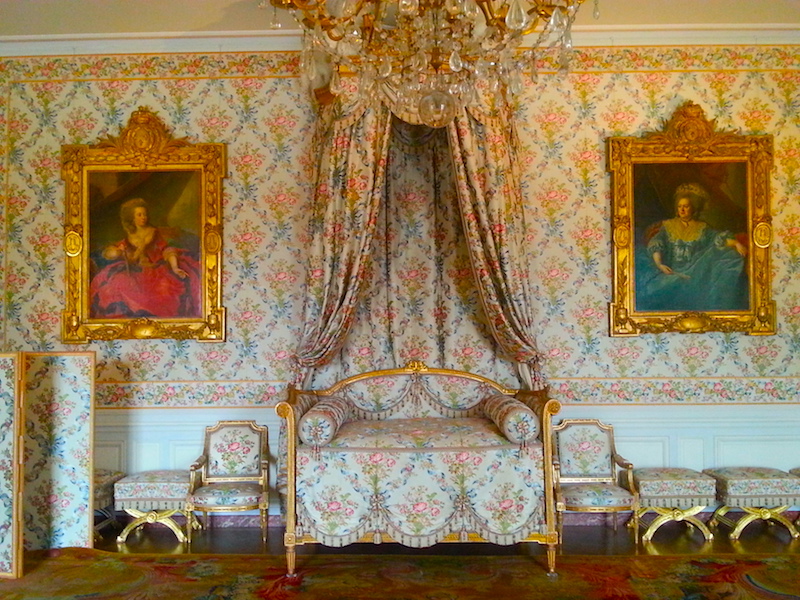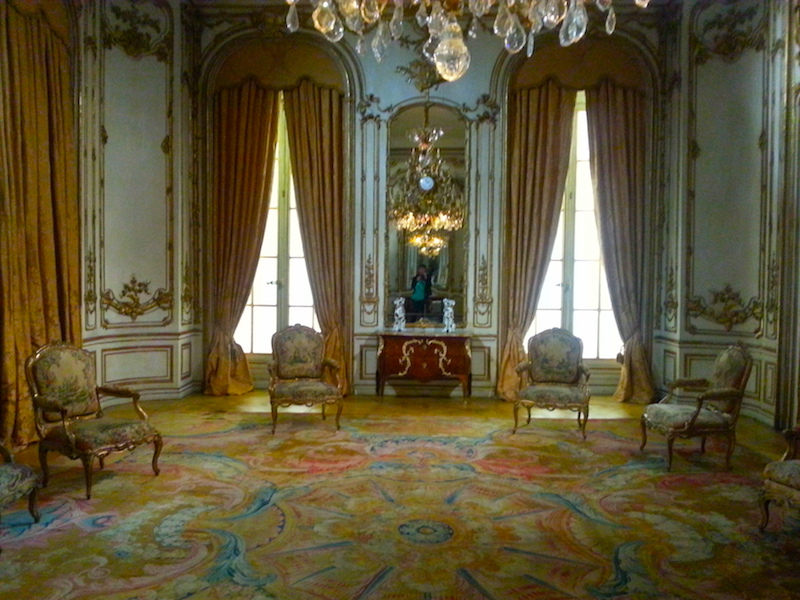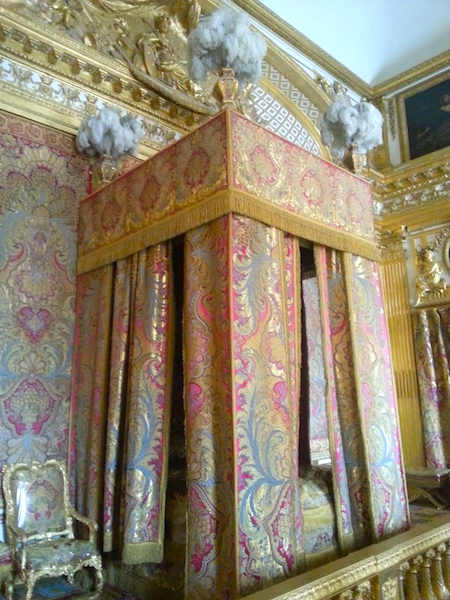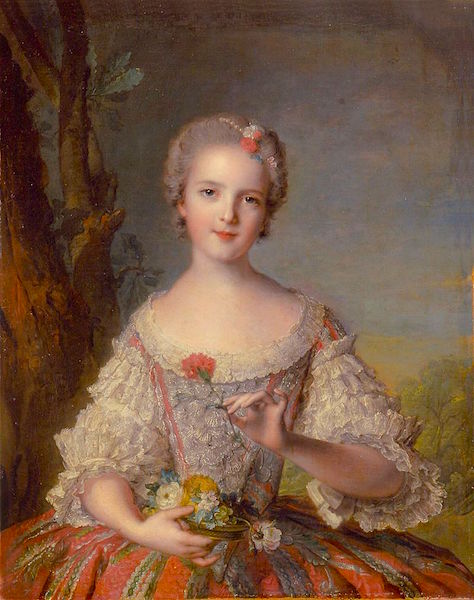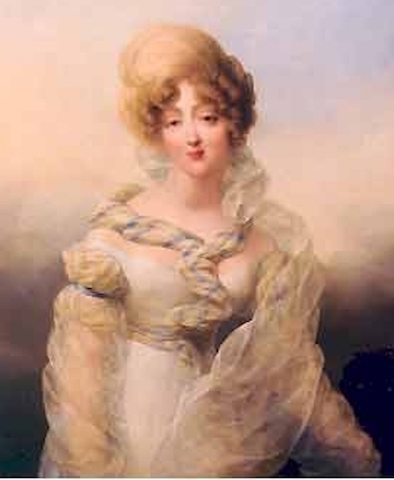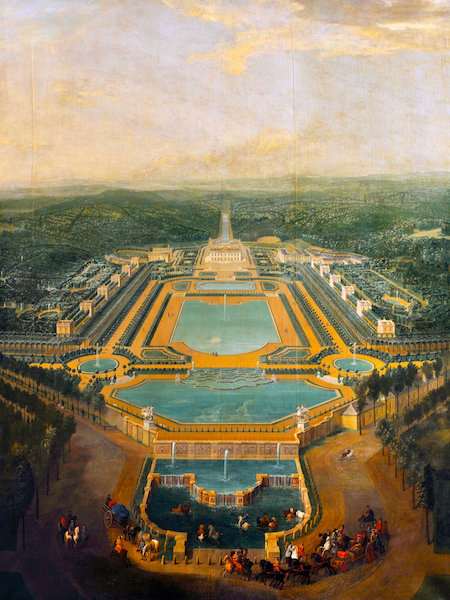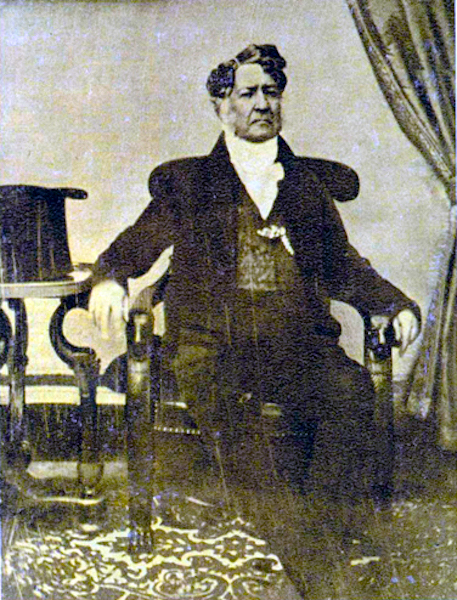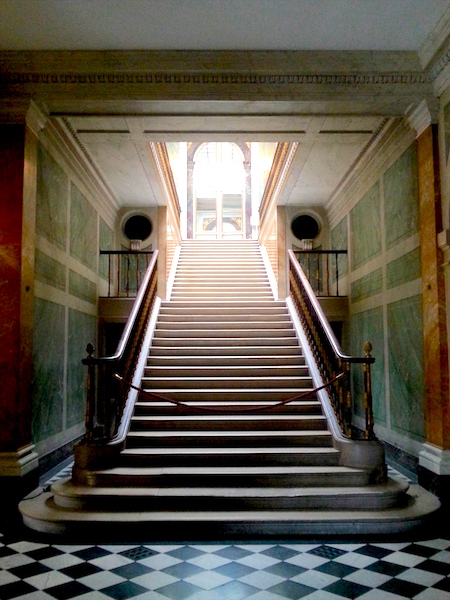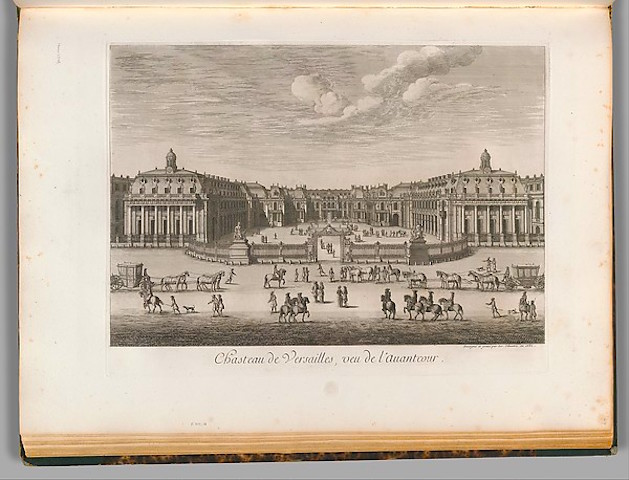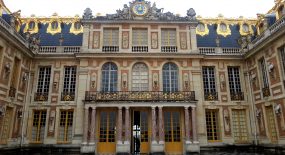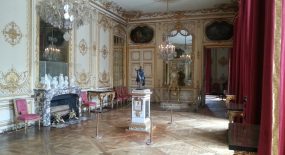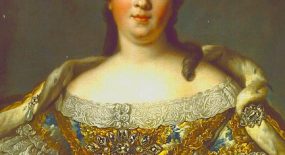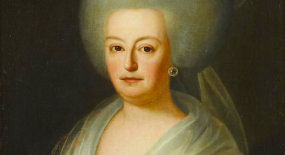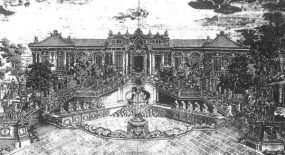A Childhood at Versailles consists of the first 5 chapters of the memoirs of Mme de Boigne (1781-1866), née Adèle d’Osmond, who was a French salon hostess and writer. She was born in the Château de Versailles and lived at the court of Louis XVI and Marie-Antoinette until her family fled to England during the Revolution. Later in her long life, she married a rich soldier of fortune 30 years her senior, hosted a brilliant salon in Paris, and became an intimate of the last French queen, Marie-Amélie, consort of King Louis Philippe (r. 1830-1848). Childless herself, Mme de Boigne addressed her memoirs to her grandnephew. The memoirs were not published until 1907, under the title Récits d’une tante, or An Aunt’s Tales. They’ve never been published in English, as far as I know, so I’ve decided to translate the first 5 chapters, the ones that take place mainly at Versailles, and post them here on this blog for interested readers to enjoy for free.
The chapters are quite lengthy, so I’ve broken each one into several parts. In Part 2.6, the author describes Mme Adélaïde’s rather fraught relationship with her chief lady-in-waiting, the Duchesse de Narbonne, who seems to have been a bit of a bully. This Duchesse de Narbonne (1734-1821), born Françoise de Chalus, had been a mistress of Louis XV. What’s not explained in the original footnote at the bottom of the page is that it’s possible that Mme de Narbonne’s two sons, including the Comte Louis de Narbonne mentioned in this excerpt, were the King’s sons, and therefore Mme Adélaïde’s half-brothers. If true, it makes Mme de Narbonne’s hold over Mme Adélaïde more understandable.
A Childhood at Versailles, Chapter Two, Part Six (2.6)
Mme de Civrac hosted a salon for Mme Victoire that was suitably full of courtiers. Mme de Narbonne, however, added hardly anything more to the princess’s service than did the people who were invited to meals. Her arrogant personality did not permit any other relations. It was put about in libels of the time that the Comte Louis de Narbonne was Mme Adélaïde’s son. That is false and absurd, but it is true that the princess made enormous sacrifices for him. Mme de Narbonne, otherwise so imperious, submitted to every one of Comte Louis’ whims. When he committed an extravagance and was short of money, Mme de Narbonne would be in an insufferable mood, which she took out mainly on Mme Adélaïde, making her home life intolerable. After a few days, the poor princess would buy her peace and quiet back at at exorbitant price. This is how Comte Louis found himself supplied with enormous sums that were procured without the least effort on his own part, and which he spent with equal ease. In any case, he was the most agreeable and the least malicious of men; a scamp, to be sure, but only because he was always indulged.


